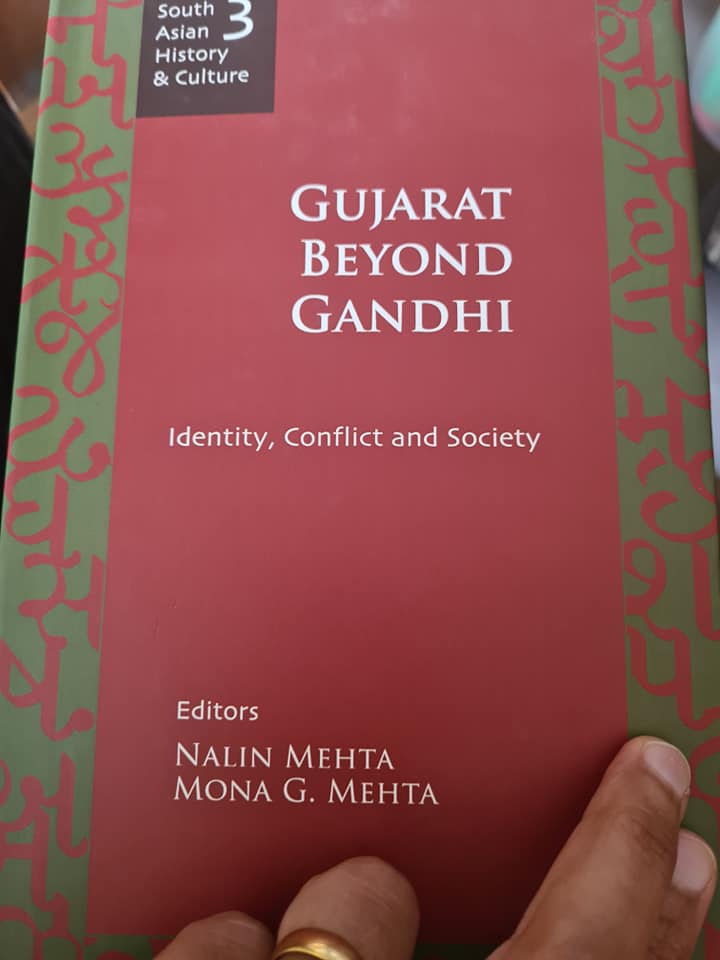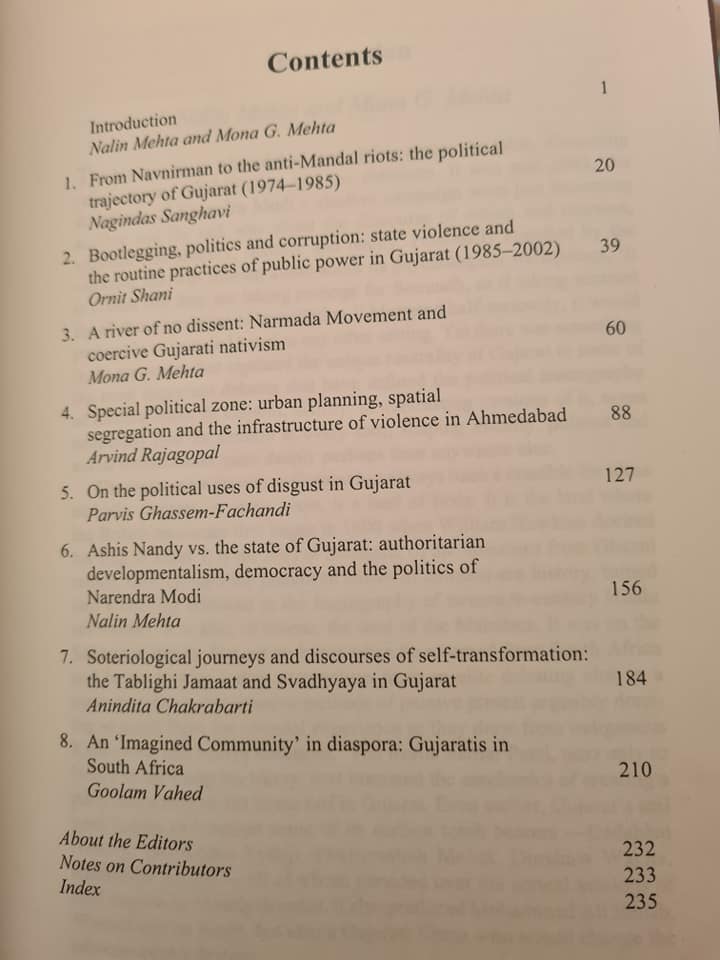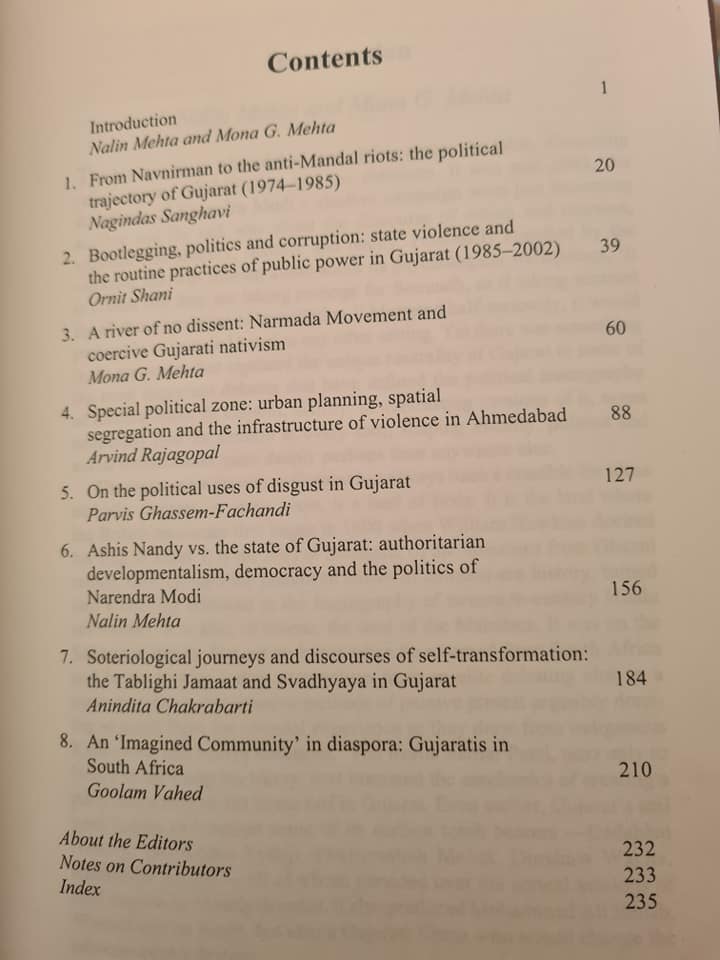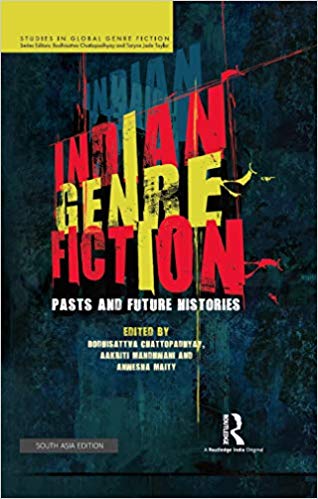 Mr S.K. Ghai, Managing Director, Sterling Publishers (P) Ltd is responsible for the Institute of Book Publishing and Publishing Today, A monthly of the book industry and its professionals. In Vol. No. 7, No. 8 & 9, Jul – Aug 2013 ( http://www.ibpindia.org/p/Publishing-Today-July-August-2013 ) he interviewed me. This is what he wrote in his introduction: “For One to One I have interviewed Jaya Bhattacharji Rose, International publishing and literary consultant, there are a very few professionals who write on publishing regularly and she is one of them and having a regular column in Business World. She is quite active on social media and had over 250,000 visitors in less than a year.” I am c&p the interview below.
Mr S.K. Ghai, Managing Director, Sterling Publishers (P) Ltd is responsible for the Institute of Book Publishing and Publishing Today, A monthly of the book industry and its professionals. In Vol. No. 7, No. 8 & 9, Jul – Aug 2013 ( http://www.ibpindia.org/p/Publishing-Today-July-August-2013 ) he interviewed me. This is what he wrote in his introduction: “For One to One I have interviewed Jaya Bhattacharji Rose, International publishing and literary consultant, there are a very few professionals who write on publishing regularly and she is one of them and having a regular column in Business World. She is quite active on social media and had over 250,000 visitors in less than a year.” I am c&p the interview below.
4 Sept 2013
SKG You have been interviewing publishers, authors; is it the first time that you are being interviewed?
JBR No. Not at all. Some of the interviews that come to mind are by Samit Basu in 2006 (http://samitbasu.com/2006/07/03/jaya-bhattacharji-interview/) and by Anupama Krishnakumar in 2012 (http://www.sparkthemagazine.com/?p=4379).SKG When, how and why did you choose publishing as a career?
JBR I cannot even recall when I fell in love with books. But I wanted to delve in to publishing from as long as I can remember.SKG You were once selected in the editorial team of Penguin, but you decided not to join. Any reason?
JBP Yes I was. This was immediately after I had completed my BA (Hons) English from Jesus and Mary College. David Davidar had interviewed me, Renuka Chatterjee called offering me the job. But I refused since I decided to pursue my MA (English) at St. Stephen’s College.SKG You prefer to be freelancer as compared to being in a regular job. Any reason?
JBR I prefer being a freelancer since it allows me to balance my time between professional commitments and bringing up my daughter Sarah Rose. Plus the independence it brings allows me the freedom to comment on the industry, without any bias. It can be challenging at times, but I certainly prefer it.SKG I remember meeting you briefly at Zubaan. How long did you work there and any memorable experiences or incidents that you would like to share?
JBR I joined Zubaan the day it rose from the ashes of Kali for Women. I was there for more than 4 years, but those were the formative years. It was during this time that the significant books like Baby Halder’s A Life Less Ordinary, Anil Menon’s The Beast with a Million Feet and Kunzang Choden’s The Circle of Karma were published. I enjoyed working on various projects. Some that come to mind immediately are creating a mini author website for Kunzang Choden. It was done at a time when such intiatives were still rare. (http://www.zubaanbooks.com/circleofkarma/) I also helped in the branding of Zubaan by circulating monthly newsletters, creating a database, conceptualising and launching the official website (zubaanbooks.com); inheriting the womenwriting.com website from the British Council and revamping it (http://www.womenswriting.com/WomensWriting/AboutProject.asp); curating the visual history of the women’s movement in India via posters called PosterWomen (http://posterwomen.org/Posterwomen/ ) ; helping out with the Words of Women series at the India Habitat Centre and lots more. It was definitely a packed and exciting schedule.There are so many memories to share, but difficult to choose one.SKG You also worked for Routledge and then Puffin for a short while – any special memories ?
JBR I worked as Editorial Manager, South Asia, Journals for Routledge, Taylor and Francis and as a Consultant Editor, Puffin Books India. Both the assignments were very different to each other. The journals assignment was an eye opener since it taught me a great deal about academic publishing, especially the methodical manner in which journals are published.Whereas with Puffin Books the joy of working with children’s and YA literature was thrilling. It is a genre that I have worked with ever since the 1990s, from the time I was asked to be the Guest Editor for the Special issue of The Book Review. It was an issue published every November. I expanded the focus to include literature from South Asia and got publishers to send in review copies from abroad. All this was done before the internet and emailing was possible. I remember even getting the third volume of Harry Potter. It was mailed from London and arrived a couple of weeks after it was released. Yet the review copy reached me a few months before it was released in India. A far cry from when the last volume in the series was released. It had a simultaneous release in India and UK.SKG You have interviewed many publishers – national and international CEO’s like Naveen Kishore-Seagull, Liz Calder-Bloomsbury, Peter Booth- Wiley. Any unique experience you would like to share?
JBR With every publishing professional I meet whether from India or abroad, I enjoy my interactions. It is learning, sharing of experiences and understanding how the business works. Many times I continue to be astounded at how the basics of the business remain the same. It is only the technology of production and communication that changes. Of the three you mentioned I learned a great deal about translations from Naveen Kishore; from Liz Calder what it takes to be a woman publisher, setting up Women in Publishing, co-fouding Bloomsbury Publishing, how her firm discovered J K Rowling, establishing the Paraty festival in Brazil etc; with Peter-Booth Wiley it was discovering how a successful family business operates and continues to be ahead in the game of publishing. He is the sixth generation of the Wiley family who is managing the business, 200 years after it was founded.SKG When you assess and recommend manuscripts to publishers, what are the points you generally highlight?
JBR It really depends upon the genre and style of writing. It is very difficult to comment in general terms. But I think it has to be a fine balance between what is a good story/narrative and whether it will work in the market.SKG Your comments on the recent amendments to the copyright act?
JBR The recent amendments to the copyright act were mostly in favour of the music industry except for the clause about the use of photographs and images. The parallel imports clause too that was causing much concern in India has now been referred to a Parliamentary committee for review.SKG Your comments on the highlights/missing points in the recently formulated India’s National Book Promotion Policy?
JBR I wrote about this in my column. Here is the link: https://www.jayabhattacharjirose.com/jaya/2013/08/01/national-book-promotion-policy-where-are-we-nov-2011/SKG What are your views on India’s digital publishing and how do you think they can monetize ?
JBR I don’t think anyone really has a clear answer to this. Digital publishing, IMHO, should be seen as a unifying factor in publishing. It allows publishers to streamline operations and access various markets that hitherto were inaccessible. Monetization will happen depending upon the publisher’s requirement and an understanding of the market. For now there is a lot of experimentation in the business models of publishing particularly in academic publishing. Trade publishers are as yet to figure out what works for them. If the latter had a system of impact factors as is in journal publishing, probably they would be able to strategically explore and execute alternative streams of revenue generation.SKG You review books regularly. What are your comments on ‹The art of book reviewing›?
JBR Read, read, read. Review books without any biases, but with knowledge, honesty and fairness. All criticism must be constructive, whether positive or negative. Also never damn a book however annoying it may have been to read. The book is an author’s baby. Be kind. And if it has been a pleasure to read, be balanced in your assessment rather than packing your review with hyperbole.SKG Many publishing professionals have godfathers in the industry; do you have one or consider some one who helped/guided you?
JBR Hmm. I am not sure if I have had a godfather. Mentors certainly. Many of them women. I have always been passionate about publishing. But I was fortunate to have been given opportunities to explore publishing by Uma Iyengar and Chandra Chari of The Book Review; Urvashi Butalia of Zubaan; Ritu Menon of Women Unlimited; and Gordon Graham, former Chairman, Butterworth Publishers and Founding Editor, Logos.SKG Where you would like to be after five years?
JBR A successful international publishing and literary consultant and columnist.SKG You know the publishing industry inside out. How do you see the future of book publishing given the current scenario of digital verses print?
JBR I do not see it as a digital versus print game in the publishing industry. I see the entry of digital technology as a game changer that will encourage publishing to evolve to the next level. Initially it will be viewed as a disruptive element since the traditional modes of production, publication and dissemination have been working very well for generations. But to survive in the future, it is important to adopt and adapt.The future of book publishing is not bleak especially for those professionals who are smart about taking up challenges and capitalising upon opportunities. But today there is no scope for complacency. Unfortunately the truth is that to commission, create and produce high quality books you need to have time and be methodical about it. It is a process that cannot be hurried. Yet the consumption patterns of readers are changing so rapidly that publishers need to strike a balance between the two arms of business — commissioning/editorial and marketing/selling. There are many ways to do so. Most importantly exploring new opportunities for revenue generation. It will come from selling the books in innovative ways, accessing new markets but also focusing on good, reliable content, ensuring that the long tail of business continues. Also never forgetting that the core of the business of publishing are the authors. So it is important to manage author relations, irrespective of their being on the A, B or C lists.SKG You are very active on social media networks- Facebook , Twitter, LinkedIn and writing blogs. How useful do you find social media what would be your suggestions for young publishing professionals?
JBR Social Media is an integral part of one’s life now. In order to access, network with like-minded professionals you need to know how to use these platforms. I use them only professionally. But it requires strategy and learning every single day.I started a blog sometime ago focused on publishing and literature. On 27 Aug 2012, I installed a visitor counter. Today, 9 Aug 2013, it shows 2,61,563 visitors. All of these are real digital footprints since I have a SPAM blocker. I am told that it is an “extremely impressive” count.My advice for young publishing professionals is to be passionate about publishing, always be alert and receptive to new ideas, think out of the box, do a bit of homework every single day and definitely use and explore the social media platforms. But by merely plonking stuff on to a platform, without understanding and updating it, will be insufficient. You have to challenge your limits.SKG What are your hobbies?
JBR Cooking/Baking, listening to music – it used to be gardening, painting and playing with my dogs, but no more. No time for the first two and I no longer keep dogs. And I have to add, reading. I actually love it.SKG How would you describe a good book?
JBR Fiction or non-fiction – it has to be one that sustains the reader’s interest till the very end. It cannot be a book where the author polishes the first fifty pages and then forgets about the rest.SKG Apart from manuscripts, do you get the time to read & what do you like to read?
JBR I make the time. Carpe diem is my motto. My reading is eclectic. It can range from periodicals, short stories, fiction, non-fiction, young adult and even picture books. Anything and everything to do with words.SKG In fiction, what makes a bestseller?
JBR Tough question. Does anyone really have an answer to it? If it is the Rs 100 novel or commercial fiction that is extremely popular today in India, then I would attribute it to the conversational style of English used by the authors. The readers are able to comprehend and understand and respond well to the content. But it is not a given that a consumer of a Rs 100 novel can be termed as a “Reader”, one who reads substantially, not necessarily voraciously. For literary fiction it is the quality of the work, the complexity that lies in the treatment of the story. Similarly other genres like translations, science-fiction, children’s literature, YA literature, thrillers, etc will have their own peculiar characteristics that help in determining its viability in the market. Probably the standard for all would be the content should be good, the treatment by the author/translator above par. Technicalities like editing, production quality, distribution, price points also play a crucial aspect in the rapid consumption of the book. If it is a “good” book but unavailable and unaffordable, the whole point of investing time and patience in producing it will be defeated.
| ONE TO ONE with Jaya Bhattacharji RoseInternational publishing and literary consultant who also has a monthly column, “PubSpeak” , in BusinessWorld online. Her blog https://www.jayabhattacharjirose.com/jaya/ has had over 2,50,000 visitors in the 11 months since the visitor counter was uploaded. |






